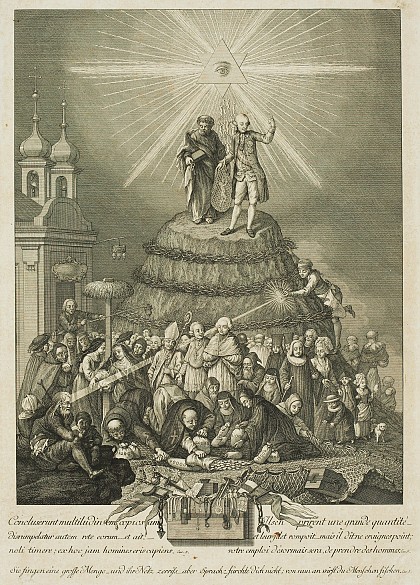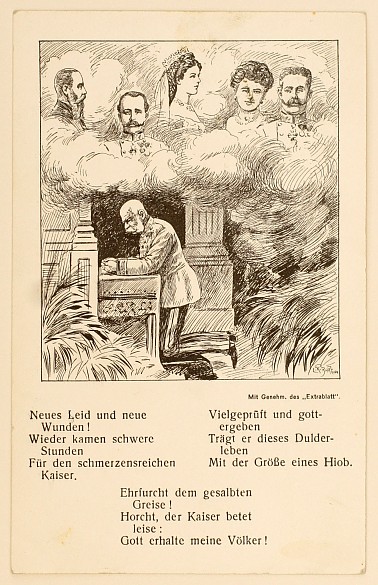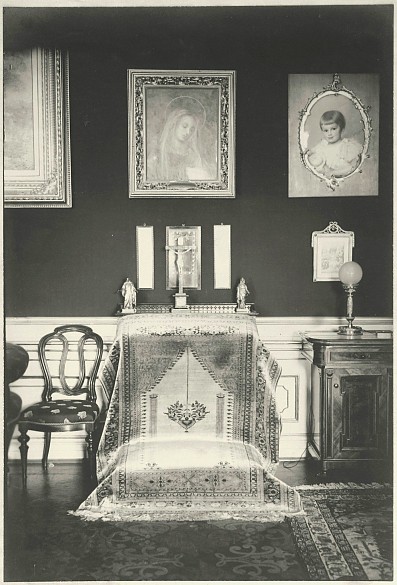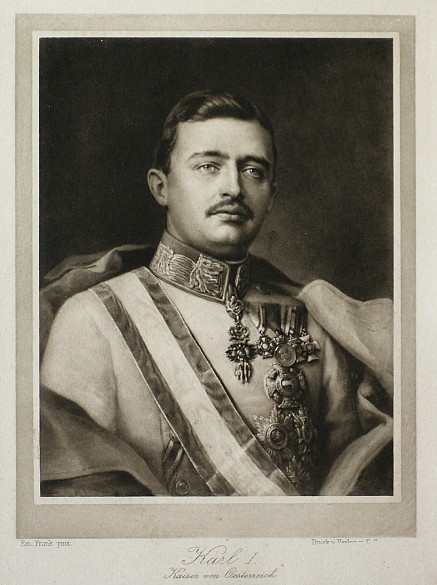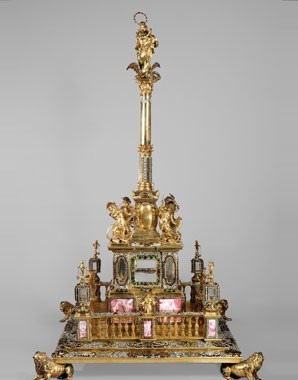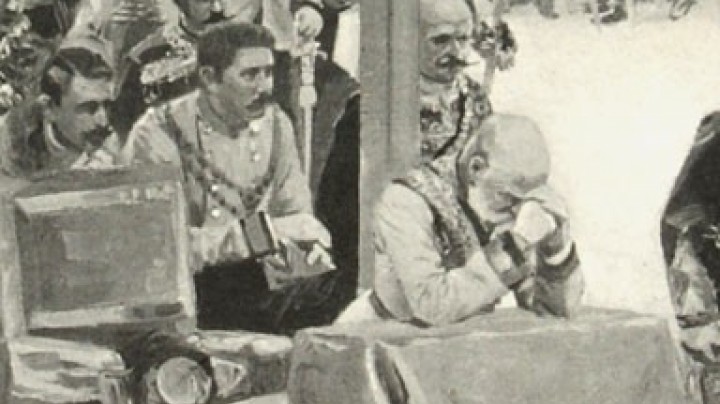For God, Emperor and Fatherland
The ties between throne and altar remained very close even after the Counter-Reformation; Catholicism was de facto the state religion. The Habsburgs remained loyal defenders of the Roman Church. Conversely, the Habsburgs considered the Church to be an extension of their power.
Maria Theresa is mostly described as an enlightened monarch and many of her reforms did indeed absorb ideas from the Enlightenment. Her religious roots went deep but, like many aspects of her politics and era, they were subject to change. Brought up in the spirit of Baroque Catholicism with all its delight in festive services and processions, in time she turned towards Jansenism, which strove after an intensification of inner piety and contemplation.
However, one of the central tenets of the Enlightenment, religious toleration, fell on deaf ears with Maria Theresa. The ‘grosse Landesmutter’ – ‘the great mother of the nation’ – was not in the least tolerant as regards other religions; Jews and Protestants were still subject to large-scale persecution. Not until the Tolerance Patents of Joseph II did Orthodox and Protestant Christians (Lutherans and Calvinists) as well as Jews become free to practise their religion – though this did not mean that their faiths had full equality of status; Catholicism still remained the dominant state religion. Joseph II aspired to initiate changes in ecclesiastical matters that were driven by notions of austerity and rationality. These reforms aimed at a restriction of pilgrimage cults and the introduction of a plainer liturgy. His dissolution of the monasteries and, parallel to this, the setting-up of parishes, radically restructured the Church.
In the nineteenth century, the Habsburgs yet again distanced themselves from Joseph’s state church policy and saw a weapon against Liberalism and nationalism in a strong Catholic Church. Accordingly, Emperor Franz Joseph’s upbringing and politics were deeply affected by Catholicism. The bond between throne and altar culminated in the Concordat drawn up in 1855 between Franz Joseph and the Pope. Meanwhile, the Church gained enormously in status and strength in the Habsburg Monarchy; it determined marriage laws for instance, and had a considerable influence on school curricula. Even after the rejection of the Concordat in 1870, the emperor supported the Church as much as possible in the fight against the Liberals, who strove to attain a complete separation of Church and State.
The House of Habsburg still defines itself today as a Catholic dynasty and the family exercises a considerable influence in conservative and ecclesiastical circles, as is evident, for instance, in the beatification of the last emperor, Karl I. A petition for his canonisation was started in 1922, the year following his death. An Emperor Karl League of Prayer was formed to compile evidence of the emperor’s sanctity. Karl was eventually beatified on 3 October 2004 by Pope John Paul II – not without controversy, because of contentious decisions (relating to the deployment of poison gas) taken by the emperor while supreme commander during the First World War.
